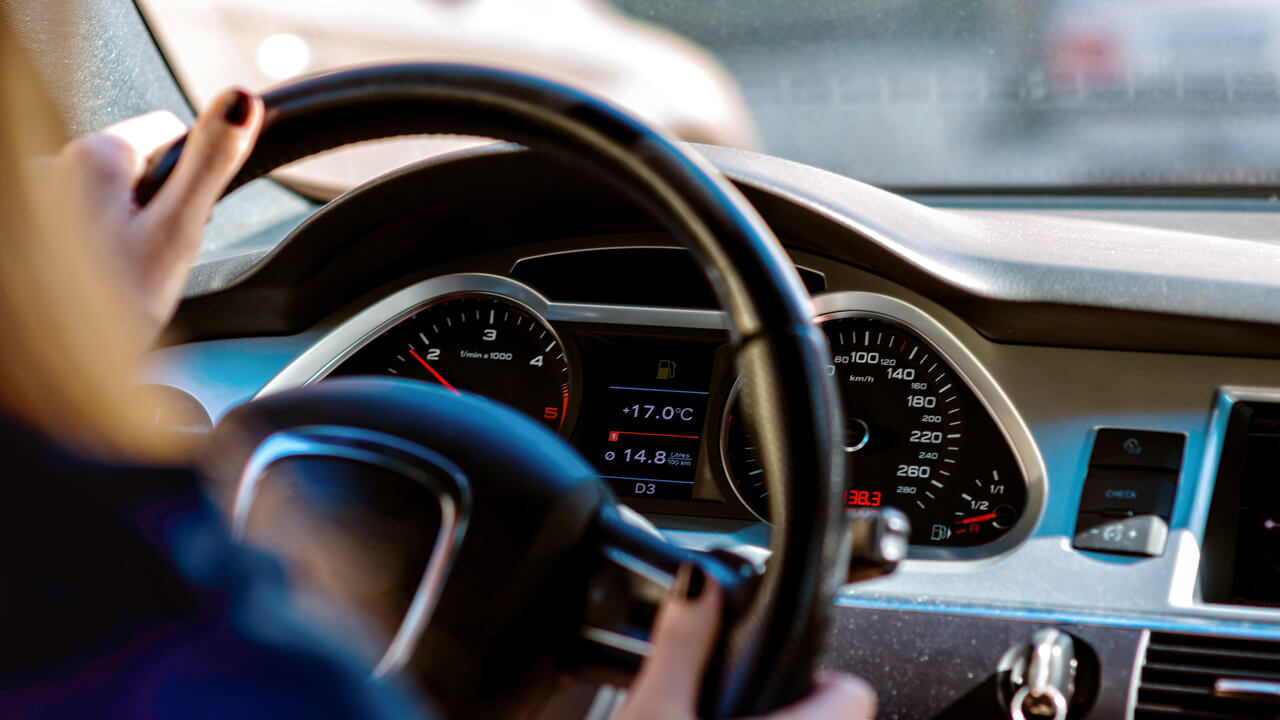When you’re driving on the job, your car is a workplace
You may spend an afternoon each week visiting clients. Or you may just head out once every month or two to pick up materials for staff meetings. Whether you drive for work regularly or only occasionally, your vehicle is a workplace. And by following some simple guidelines, you can help make this mobile workplace the safest it can be.
By Susan Kirschbaumer
1 Assess your situation.
You may not consider driving to be part of your job. After all, your typical day may be spent at a desk or on a construction site. Nevertheless, for many workers, getting behind the wheel does play a part — albeit a minor one — in their role. Are you an administrator who makes the occasional trip out to restock dwindling supplies?
A health care worker who might visit a client at home? A supervisor who sometimes drives between worksites?
The reality is that many jobs require some amount of driving. Being aware of your own situation — and the risk it brings — is crucial.
2. Rethink your definition of "workplace."
About 64% of B.C. employers have staff who use their own vehicles for their job. Yet 25% aren't aware that those vehicles are workplaces. In fact, whether you drive your own car to pick up a staff lunch or use a company van to attend an offsite meeting, any vehicle — your own or your employer's — becomes a workplace when it's used for work. And because employers are responsible for providing a safe workplace, that responsibility extends to vehicles — whether driving is a full-time, part-time, or occasional part of your job.
3. Know your responsibilities.
When you're driving for work, both you and your employer have responsibilities, stresses Trace Acres, program director for Road Safety at Work. As a worker, you're responsible for having the appropriate driver's licence. If you're using your own vehicle, you'll also need to make sure that it's properly insured and maintained.
4. Know the responsibilities of your employer.
Whether you're driving your own car or using a company vehicle, expect your employer to check your licence, assess your skills, and provide any necessary training. They should prepare you to navigate any new routes and operate any unfamiliar vehicles. And they'll need to make sure that whatever vehicle you're driving is properly insured and in suitable condition for the driving required.
5. Ask questions.
Talk to your employer if you have any concerns or questions, says Acres, who as a 23-year-old reporter drove to school board meetings and emergency scenes all over the Kootenays. "And not once," he says, "did my employer ask to see my driver's licence or insurance. I never thought about it and my employer never thought about it. It was a long time ago, but I'm sure many situations like that exist today."
When something happens out on the road, it can be devastating for both employee and employer. As Acres notes, however, following these guidelines can go a long way to reducing those risks.
For more information
Visit our Driving for work webpage or roadsafetyatwork.ca for more information, tips, and tool kits.
This information originally appeared in the Summer 2023 issue of WorkSafe Magazine. To read more or to subscribe, visit WorkSafe Magazine.

